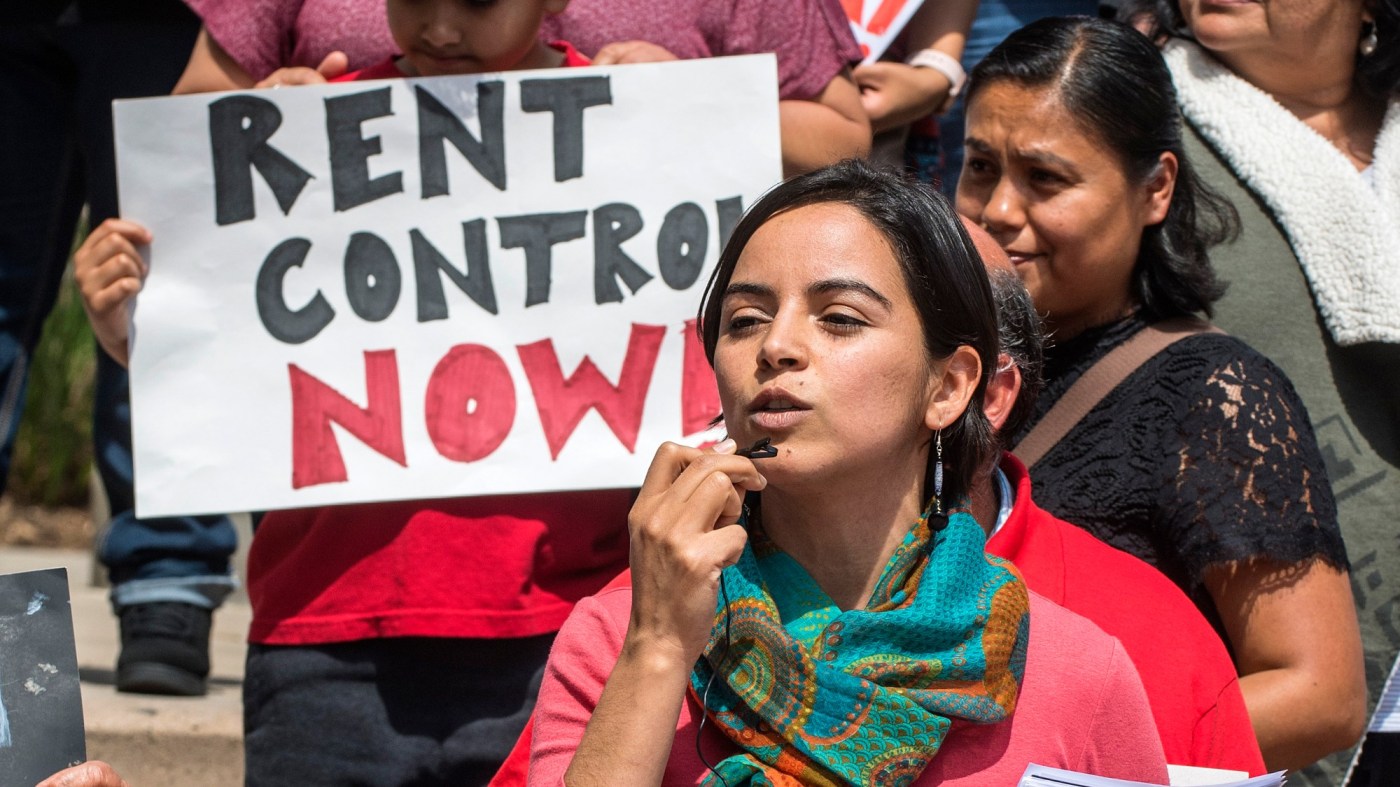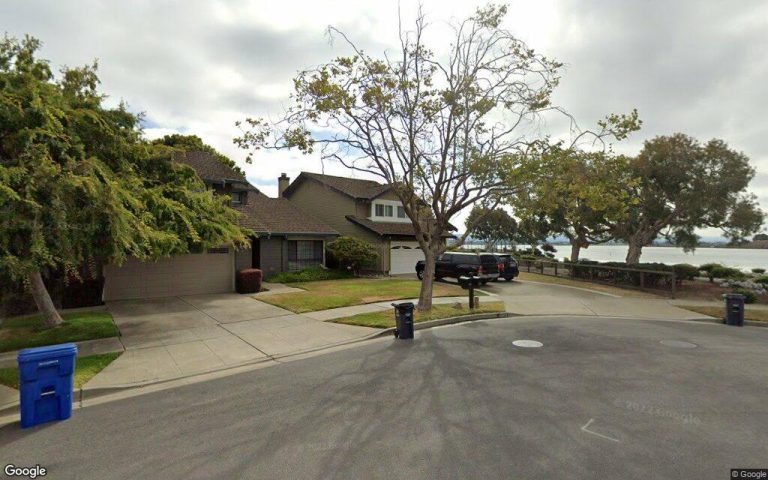Rent too high? Find a new place. That’s Econ 101.
Would the opposite — staying put with help from rent control — be a solution?
Well, California, the long-running tenant-landlord drama is back on the ballot in November.
Of course, numerous economists tell us rent control is a bad idea. Capping the price of anything often leads to shortages as sellers lose motivation to create that particular product or service.
Do not forget economic theory’s preferred cure: Building enough houses and you dramatically lower rents. Unfortunately, that level of housing creation has become a wish-list item in California.
38 QUESTIONS: What can fix California’s housing mess? CLICK HERE!
As a result, California tenants who can’t afford the rent are left with a simple, textbook strategy: Move.
It’s part of Econ 101’s “substitution” thesis, which defines how consumers shop for necessities such as food, clothing, transportation, services and housing. It’s why we love a bargain.
When sellers charge too much, it’s fairly easy to change what you buy.
We’ll swap chicken for beef, or a used car for a new one. Maybe we do a home-improvement project by ourselves instead of hiring a contractor. When airfares are too high, we consider driving. Or maybe we’ll stay away from the store, delaying purchases of, say, new clothing or home furnishings.
Yet, substitution is far trickier when it comes to housing.
Locating a suitable apartment takes time and homework in a search that may not be free. Many landlords charge application fees to check if a possible tenant meets their qualifications.
Almost as dispiriting is that any rent savings in a relocation are likely trimmed by the high costs of physically moving.
Lastly, there’s a different kind of moving cost that most economic models don’t even consider.
Living in a new community means finding new friends, new schools, new doctors, new churches, etc. Change, and the cost of that change, is rarely small or simple.
Speaking of relocations, another criticism of rent control is that these policies discourage relocations.
Why? Those cost protections keep the rent of long-term tenants well below what they’d be charged if they moved elsewhere.
Monetary divide
Look, many California renters need a financial boost, and we’re not talking about a small flock.
There are nearly 6 million California renting households – the most of any state, Census Bureau figures show. That’s group equals 44% of all housing arrangements statewide, compared with renters’ 35% slice nationwide.
REAL ESTATE NEWSLETTER: Get our free ‘Home Stretch’ by email. SUBSCRIBE HERE!
It’s hard to ignore housing’s monetary divide either, as 56% of California renters last year spent 30% or more of their incomes on housing, census data says. Meanwhile, just 35% of homeowners have similar financial burdens.
Such a cash crunch is likely why 44% of California renters recently told the Public Policy Institute of California pollsters they’re “not satisfied” with their finances vs. 22% of homeowners.
The other rent control
Tenants could become homeowners and enjoy what is essentially another government-backed throttle on housing expenses – the fixed-rate mortgage.
Most house hunters use home loans to produce 30 years of predictable checks written to a lender.
Let’s remember who’s behind the marvel of this financial engineering. Fixed-rate mortgages are widely and consistently available, thanks in many ways to government intervention.
Giant US-backed loan operations keep the flow of mortgages steady – and even moderate their interest rates. These agencies buy mortgages from lenders, repackage the loans into huge pools for resale to investors. The government even guarantees the flow of house payments so that those investors won’t be hurt by defaults or foreclosures.
By any economic definition, that’s government interference in the housing market, though few people complain.
And renters, please note that if you buy a home with any home loan, there’s a bonus: the government might chip in for mortgage expenses through tax breaks. Property taxes can be a deduction, too.
However, just like rent control can inflate overall rents, it can be argued that mortgage subsidies unnaturally boost housing prices.
The rub
I’m a kid who grew up in one neighborhood, thanks to New York City rent control. I’ve also benefitted as an adult from government generosity in home-loan financing.
It’s puzzling to me when folks claim rent control incentivizes tenants to stay too long, while homeownership is said to create stability. Long-term residents of all stripes build community.
HOW NIMBY ARE YOU? Ponder common objections to new housing. TAKE OUR QUIZ!
We’re also told rent control tends to help wealthier tenants. Well, what’s the financial profile of who’s getting a fixed-rate mortgage these days?
Today, a collection of well-meaning but largely pro-ownership policies badly distort the housing marketplace. Rent control is no magic cure for California’s affordability challenges. But just look at how historically cheap fixed-rate mortgages essentially froze the homebuying market.
This is a multifaceted mess that’s amplified by the too many roadblocks the state and its cities toss at home construction, particularly rental projects.
Plus, this grand housing-cost debate also exposes a painful limitation of economics: this science largely ignores economic fairness.
Jonathan Lansner is the business columnist for the Southern California News Group. He can be reached at jlansner@scng.com
Related Articles
Opinion: Proposition 5 will help Bay Area face its biggest challenges
56% of California renters slammed by housing costs vs. 35% of homeowners
One California city wants millions to build smaller-scale housing in neighborhoods. So why are critics of density still fighting it?
Has the mortgage rate slide ended?
San Mateo County calls on Newsom to declare state of emergency over insurance crisis












